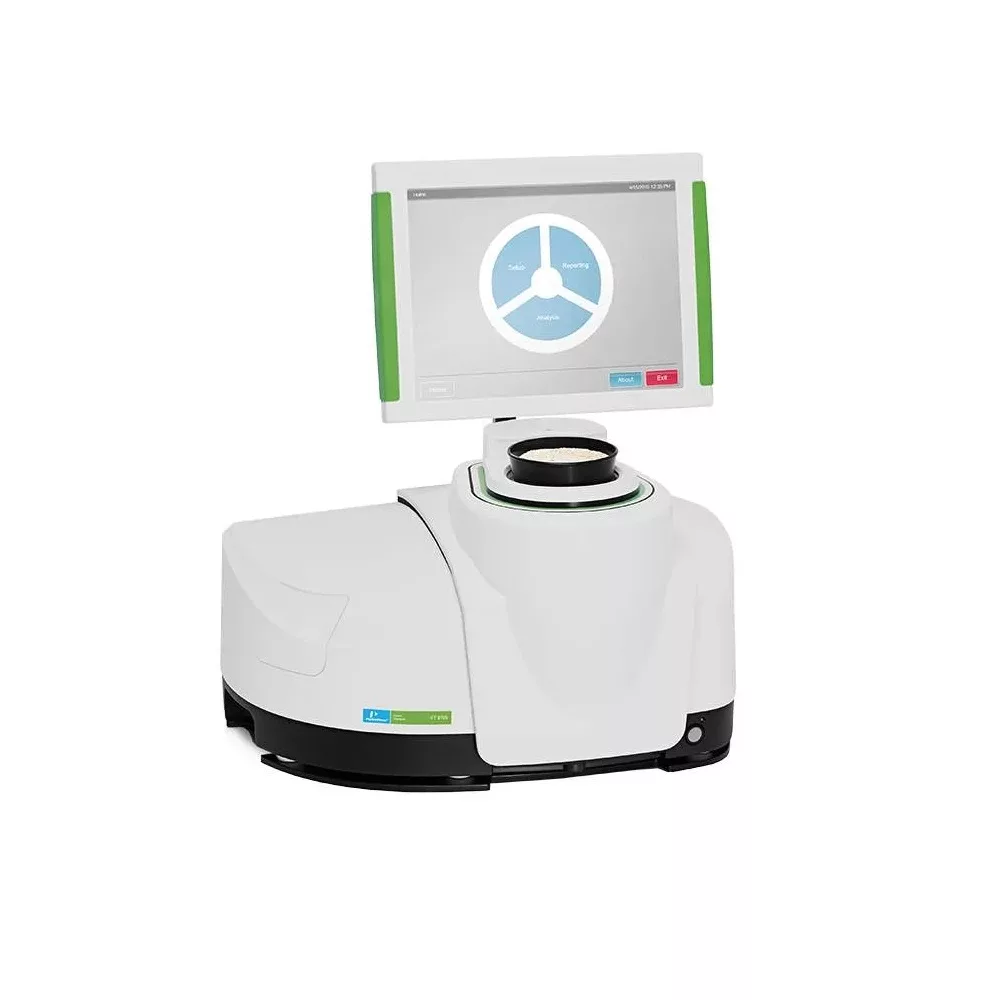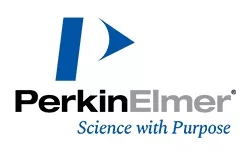Raman Spectrometer: Advanced Molecular Analysis for Research and Industry
Raman Spectrometer Perkin Elmer FT 9700 is a cutting-edge analytical instrument used to identify and analyze the molecular composition and structure of materials. Based on Raman spectroscopy, this non-destructive technique provides high-resolution insights into chemical bonding, molecular vibrations, and crystallinity—making it an essential tool in pharmaceuticals, nanotechnology, materials science, forensics, and geology.
Whether you’re identifying unknown substances, verifying compound purity, or characterizing complex materials, a Raman spectrometer offers precision, speed, and versatility with minimal sample preparation.
What Is a Raman Spectrometer?
A Raman spectrometer uses laser light to interact with molecular vibrations within a sample. This interaction causes light to scatter, with a small portion of it shifting in energy—this is known as the Raman effect. The spectrometer captures this shift and converts it into a spectral fingerprint, revealing detailed information about the sample’s molecular structure.
Why Raman Spectroscopy?
-
✅ Non-destructive
-
✅ No or minimal sample prep
-
✅ Works through transparent containers
-
✅ Real-time, in situ analysis
-
✅ Compatible with solids, liquids, and gases
How a Raman Spectrometer Works
-
Laser Source: Illuminates the sample with a monochromatic beam.
-
Sample Interaction: Light interacts with the sample, and a small amount is inelastically scattered.
-
Optical Filters: Block unwanted light (Rayleigh scattering), allowing only Raman-shifted light to pass.
-
Spectrometer: Separates the scattered light based on wavelength.
-
Detector: Captures and records the Raman spectrum.
-
Software: Interprets the spectrum to identify molecular structures or compounds.
Key Features of a Raman Spectrometer
-
High Spectral Resolution: Detects even subtle molecular differences.
-
Multiple Excitation Wavelengths: Common lasers include 532 nm, 785 nm, and 1064 nm.
-
Compact, Portable Options: Field-ready models available for on-site analysis.
-
Integrated Microscopes: For precise microanalysis of small or heterogeneous samples.
-
Powerful Software: Automates spectral comparison, peak analysis, and compound matching.
-
Wide Detection Range: From low-frequency lattice vibrations to high-frequency molecular bonds.
Applications of Raman Spectroscopy
| Industry | Application | Use Case |
|---|---|---|
| Pharmaceuticals | Compound identification & polymorph detection | Quality control, counterfeit detection |
| Materials Science | Carbon materials, polymers, semiconductors | Analyze molecular structure & defects |
| Geology & Mining | Mineral identification | On-site rock and ore analysis |
| Forensics | Trace evidence & narcotics analysis | Non-destructive crime scene investigation |
| Art & Conservation | Pigment and binder analysis | Authenticity and degradation studies |
| Biotechnology | Protein and DNA characterization | Structural biomolecular research |
Types of Raman Spectrometers
-
Benchtop Raman Spectrometers
-
High precision and resolution
-
Ideal for research labs and pharmaceutical QA/QC
-
-
Portable Raman Analyzers
-
Lightweight, battery-powered, rugged
-
Used in fieldwork, customs, and hazardous environments
-
-
Microscope-Integrated Raman Systems
-
High spatial resolution
-
Perfect for microscopic and heterogeneous samples
-
-
Handheld Raman Devices
-
Designed for fast, on-the-go analysis
-
Popular in law enforcement, chemical screening, and pharmaceuticals
-
Benefits of Using a Raman Spectrometer
-
🔍 Identify Unknown Materials Instantly: Spectral libraries allow rapid matching.
-
🧪 Analyze Samples in Original Packaging: Works through glass, plastic, or transparent containers.
-
⏱ Real-Time Results: Immediate feedback speeds up decision-making.
-
🌡 Minimal to No Sample Prep: Saves time and preserves sample integrity.
-
🧭 Field-Ready Options Available: Analyze materials anywhere, anytime.
-
📊 Digital Documentation: Easy data export, analysis, and compliance tracking.
Choosing the Right Raman Spectrometer
When selecting a Raman spectrometer, consider:
-
Laser Wavelength: 785 nm is common for general use; 532 nm offers higher sensitivity; 1064 nm reduces fluorescence.
-
Portability Needs: Choose a compact model for field use or benchtop for lab-based analysis.
-
Spectral Range & Resolution: Ensure it fits your target materials.
-
Software & Library Compatibility: Look for built-in compound libraries and intuitive interfaces.
-
Sample Types: Ensure your model is compatible with solids, liquids, and powders.
Conclusion
A Raman spectrometer offers unmatched convenience, speed, and precision for molecular analysis across scientific and industrial sectors. From detecting counterfeit drugs to identifying minerals in the field or analyzing polymers in a lab, Raman spectroscopy delivers reliable, high-quality data with minimal effort.
Whether you’re a researcher, quality control specialist, or field technician, investing in a Raman spectrometer empowers your workflow with accurate, real-time molecular insights.





Reviews
There are no reviews yet.